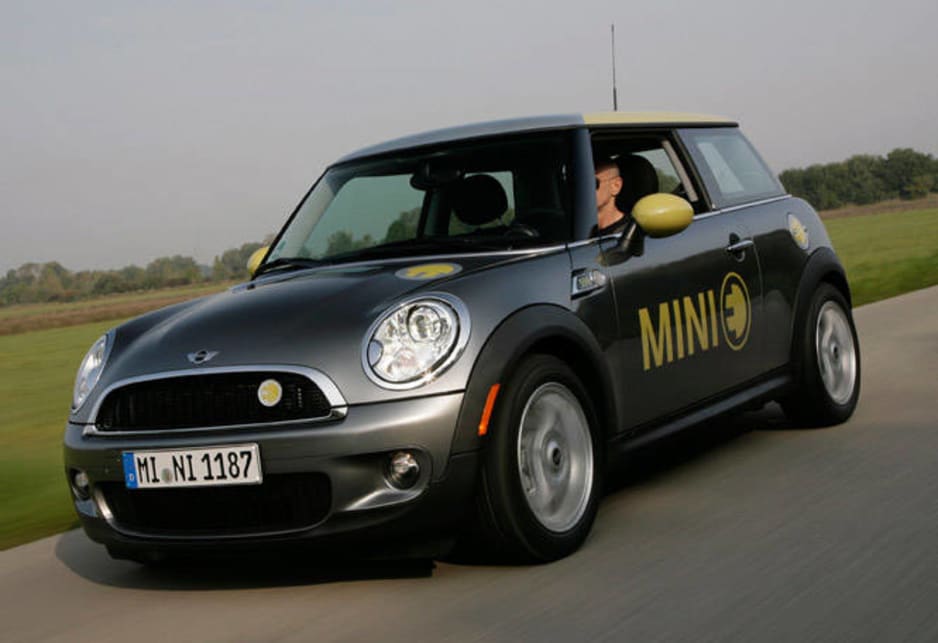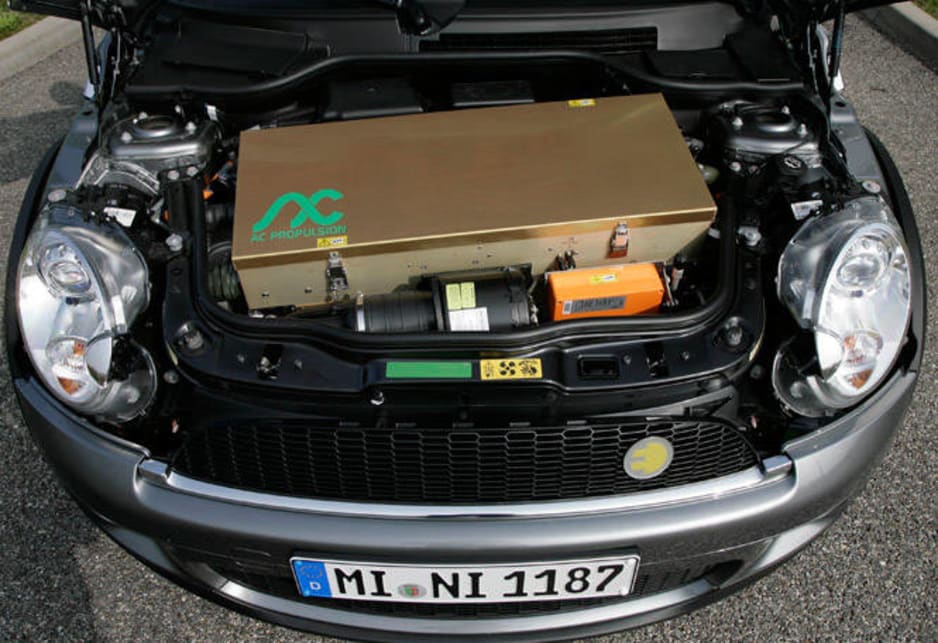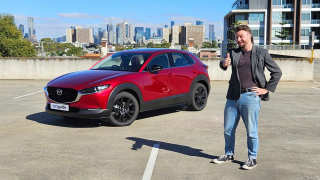
Mini E 2009 Review
- Mini Cooper
- Mini Cooper 2009
- Mini Cooper Reviews
- Mini Reviews
- Mini Hatchback Range
- Hatchback
- Mini
- Prestige & Luxury Cars
- Green Cars
Australia could be the fourth country to get an electric Mini.
The BMW Group has produced about 500 Mini E vehicles which run on mains electricity stored in a battery. They are loaned out to VIPs and government departments in the US, Germany and recently England.
BMW Australia product communications manager Tim James hopes Australia will be the next to get an appraisal vehicle. "We have submitted a request to have a vehicle as part of a small pilot programme in Australia for various press evaluation and potentially government departments," he said. "There is no confirmation yet, but we have asked and we are confident. "Timing is unconfirmed at this stage."
Unless you have been living in the Big Brother House for the past year, you would be aware that electric vehicles are imminent. Nissan, Mitsubishi, Smart and others are about to release mass market models while many other manufacturers are experimenting with small-volume test vehicles. Mini is one such company.
Where the Mini E differs from most other models is that it is a commonly recognisable car. In the past, electric cars have either been golf carts or space-age weirdo machines that look like something George Jetson would drive. They were also thought to be slugs until Tesla came along and sorted that out; albeit with an expensive price tag. But they were never thought to be cars we could actually drive and afford. Until Mini E.
Here is a car that looks exactly like a normal car. The only differences are some decals and the fact that it is a two-seater as the battery takes up the back seat.
Mini E has a claimed range of 240km, produces 150kW of power and 220Nm of torque and will accelerate to 100km/h in 8.5 seconds.
Driving
BMW last week loaned a Mini E to four Australian journalists to test around the streets and autobahns of Munich and surrounds. While we can confirm that it accelerates in a linear fashion to 100km/h in about 8.5 seconds, the claim about range must be based on a little old lady driving it to church.
After our strenuous testing, the range indicator (where the tacho normally is) told us we would get about 70 per cent of the claimed range. Mini E project director Dieter Falkensteiner told us it was ‘driveable like a Mini auto’. However, with its enormous torque from go, it is a bit of a torque-steering handful when the lights go green.
It also features overly aggressive regenerative braking which harnesses the kinetic energy of the brakes to recharge the battery.
However, it feels as if the handbrake is still on. As soon as you release pressure on the accelerator, there is substantial deceleration. No coasting as you would expect in a normal car. This is fairly common for en electric vehicle, but it is the most dramatic of any electric cars I have driven. It is so effective, that it will decelerate to a complete stop from 100km/h in about 12 seconds without having to touch the brakes at all. That might be good for brake disc wear, but it will certainly take some getting used to.
Together with a slight delay in the accelerator response, I found it rather difficult to drive smoothly especially in stop-go traffic. However, if you are keen on having a red-hot go, it rewards with a powerful thrust of linear acceleration, accompanied only by the muted sounds of a hair dryer. In fact, that sound is the airconditioning system trying to keep the battery cool.
The 260kg battery takes up the entire back seat area and adds to the vehicle's extra weight which is up about 400kg on as similar auto Cooper. The battery can be quick charged on 50amp in about 2.5 hours or 32amp in five hours and draws a maximum of 28 kilowatt hours of electricity, costing about $5, depending on your supplier and when you charge. Australian mains power would charge it in around eight hours. Falkensteiner said that with development, the battery size would be reduced and the rear seat returned. How that battery copes with Australia's extremes of temperature are yet to be determined.
Mini E
Body: 2-door, 2-seater
Motor: asynchronous electric
Power: 150kW
Torque: 220Nm
Battery: lithium-ion
Weight: 1465kg
Acceleration: 0-100km/h 8.5 seconds
Pricing guides
Range and Specs
| Vehicle | Specs | Price* | |
|---|---|---|---|
| 50 Camden | 1.6L, ULP, 6 SP MAN | $8,690 – 12,210 | 2009 Mini Cooper 2009 50 Camden Pricing and Specs |
| 50 Mayfair | 1.6L, ULP, 6 SP MAN | $8,910 – 12,540 | 2009 Mini Cooper 2009 50 Mayfair Pricing and Specs |
| S Mayfair | 1.6L, ULP, 6 SP AUTO | $11,990 – 15,950 | 2009 Mini Cooper 2009 S Mayfair Pricing and Specs |
| S Camden | 1.6L, ULP, 6 SP MAN | $10,890 – 14,850 | 2009 Mini Cooper 2009 S Camden Pricing and Specs |
$4,999
Lowest price, based on 16 car listings in the last 6 months













